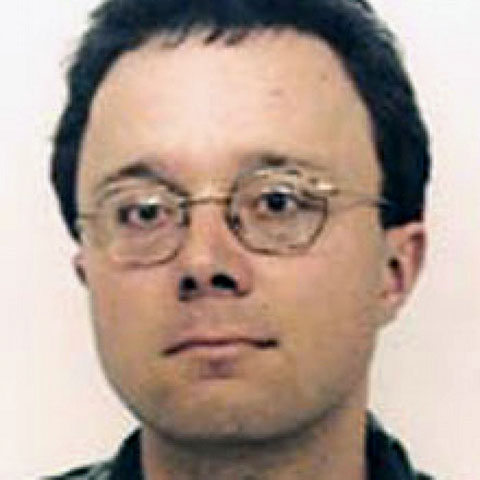Event Details

Topic description:
Stable isotope analysis has caused Scheu and Falca (2000) to warn against equating higher taxonomic units with specific trophic groupings, and led Bearhop et al. (2004) to differentiate between type A generalists, feeding on a variety of diets as a population as well as individuals, and type B generalists which are flexible as a population only: the particular individuals have their distinct choices. Our results from several isotope analyses of the feeding ecology of elaterid larva (Coleoptera) confirm both statements. Most notably, the separation between type A and type B generalists applies to omnivore generalists as well as to herbivore generalists. Most of the larvae of Hemicrepidius niger, classified as an omnivore, feed on animal food. Some feed on plants, but individuals with a truly mixed diet have not been found. The larvae of Agriotes obscurus, on the other hand, are type A generalists: they feed on maize as well as on weeds, and most individuals have isotopic signatures between maize and weed. Experiments about differential weight gains on different diets will also be shown, and the larger question will be raised: What are the underlying genetic and physiological conditions for a particular dietary choice? Recent discussions in evolutionary morphology have clarified that suboptimal and/or hitherto unobserved solutions might suffice in a new environment. The evolutionary plasticity to subsequently optimize the adapted lifestyle is only one subject I would like to discuss on this occasion. References Scheu S, Falca M (2000) The soil food web of two beech forests (Fagus sylvatica) of contrasting humus type: stable isotope analysis of a macro-and a mesofauna-dominated community. Oecologia 123: 285—296. Bearhop S, Adams CE, Waldron S, Fuller RA, and Macleod H (2004): Determining trophic niche width: a novel approach using stable isotope analsyis. J. Appl.Ecol. 73: 1007—1012.
Biographical note:
Christian Pázmándi was born in Germany in 1965, studied biology at the University of Vienna (MSc, 1991) and at Yale University (PhD, 2000). Subsequently, he worked at the KLI (2000-2002) and at the University of Vienna (2002-2003). He joined the Center of Mountain Agriculture of the University of Innsbruck in December 2003.


